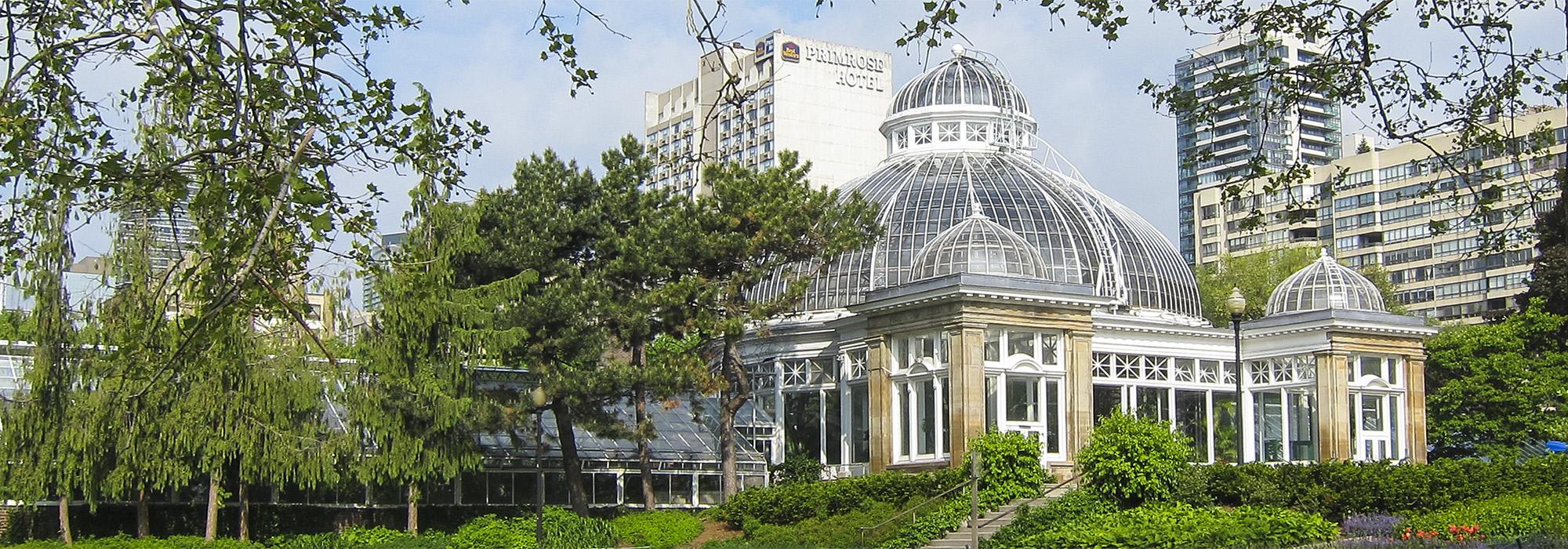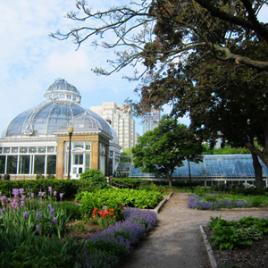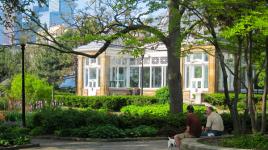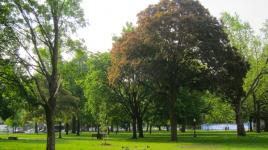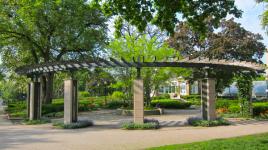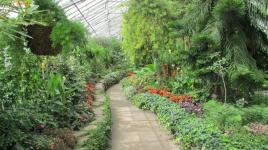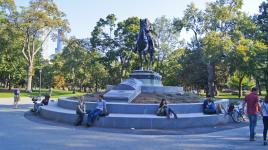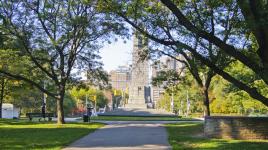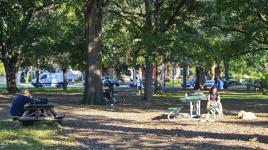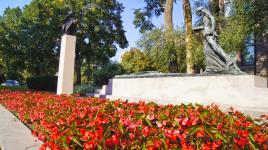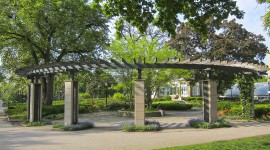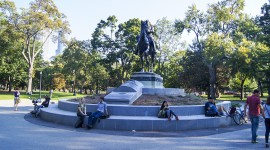Pioneer Information
Details about Taylor’s life and career are scant. In 1858, he placed an advertisement in the Genesee Farmer, a monthly horticultural journal published in Rochester, New York, touting his ability to provide “plans of parks, cemeteries, villa gardens, and ornamental planting generally, conservatories, and green-houses,” and also stating his “several years [sic] experience both in England and France, in superintending extensive works under Sir Joseph Paxton.” Paxton’s fame and knighthood were assured by his design of the Crystal Palace, which opened in 1851 for the Great Exhibition in London, and a professional association with him was likely a sizeable feather in Taylor’s cap.
Early in 1859, when Taylor offered to plan the grounds of a botanical garden (later named Allan Gardens) for the Toronto Horticultural Society, a “Professor Croft” vouched for him as a personal acquaintance, testifying to his experience as a landscape gardener “lately arrived from England.” This was surely Henry Holmes Croft, who was educated in London, and had come to Toronto to teach chemistry at King’s College (becoming the University of Toronto in 1850). His recommendation was heeded, for in January of 1860, the Canadian Agriculturalist and Journal of the Board of Agriculture of Upper Canada reported that work on the botanical garden had commenced, supervised by Edwin Taylor. One year earlier, this same journal had announced Taylor’s arrival in Canada as a fortuitous answer to the recent death (1858) of landscape gardener William Mundie—a prescient remark, indeed, because Taylor finished the work that Mundie had begun for the University of Toronto at University Park (later Queen’s Park).



